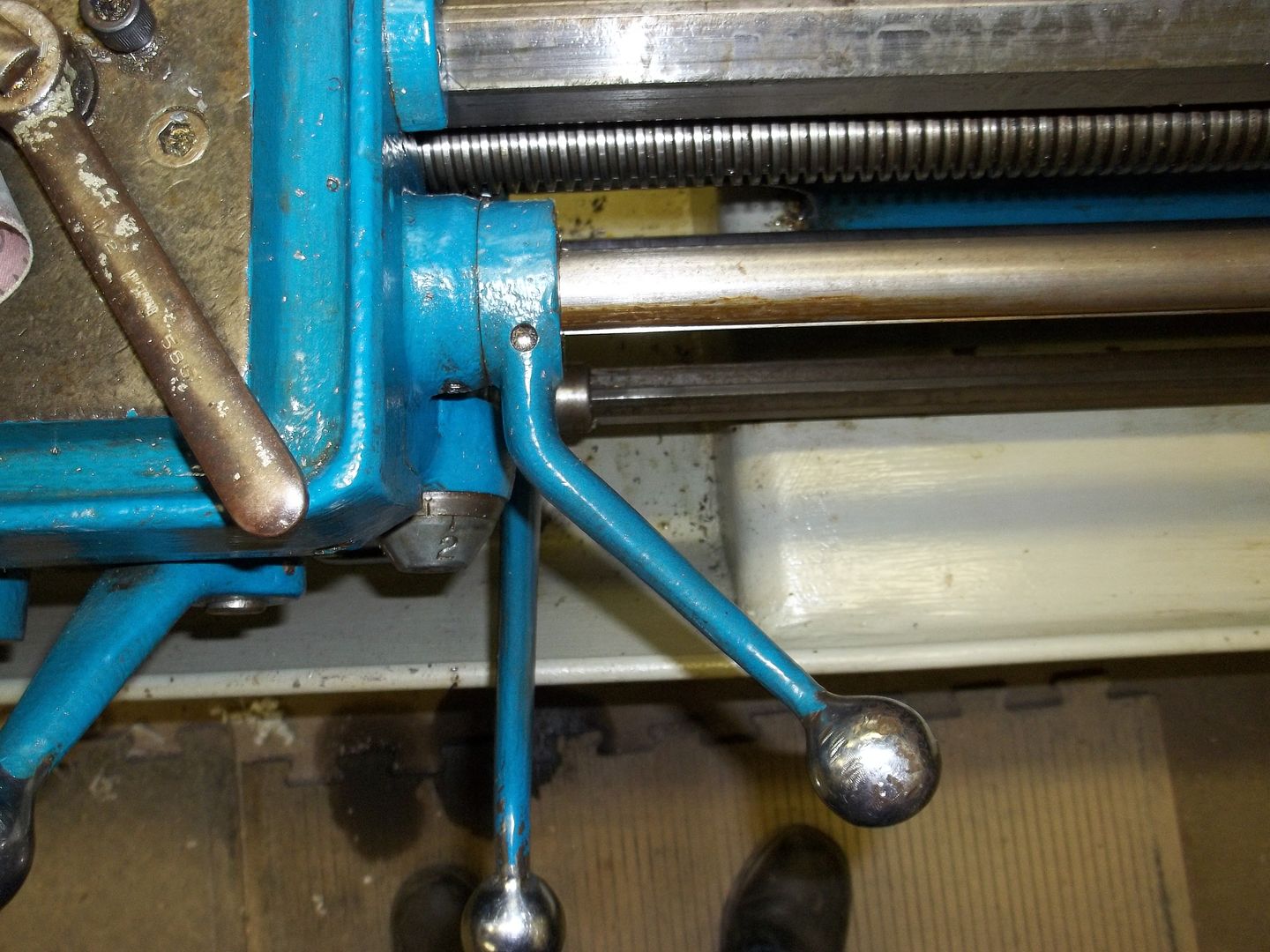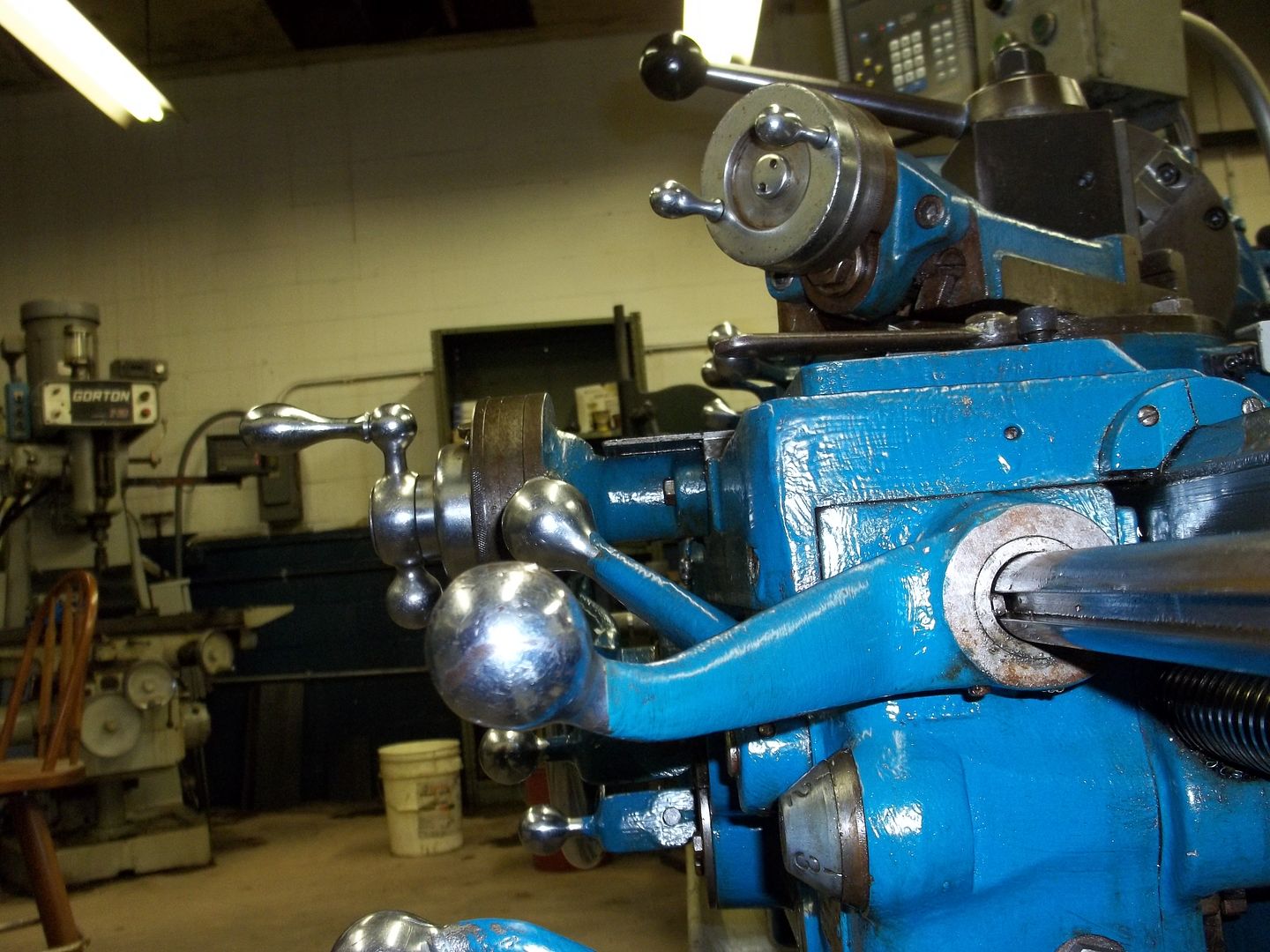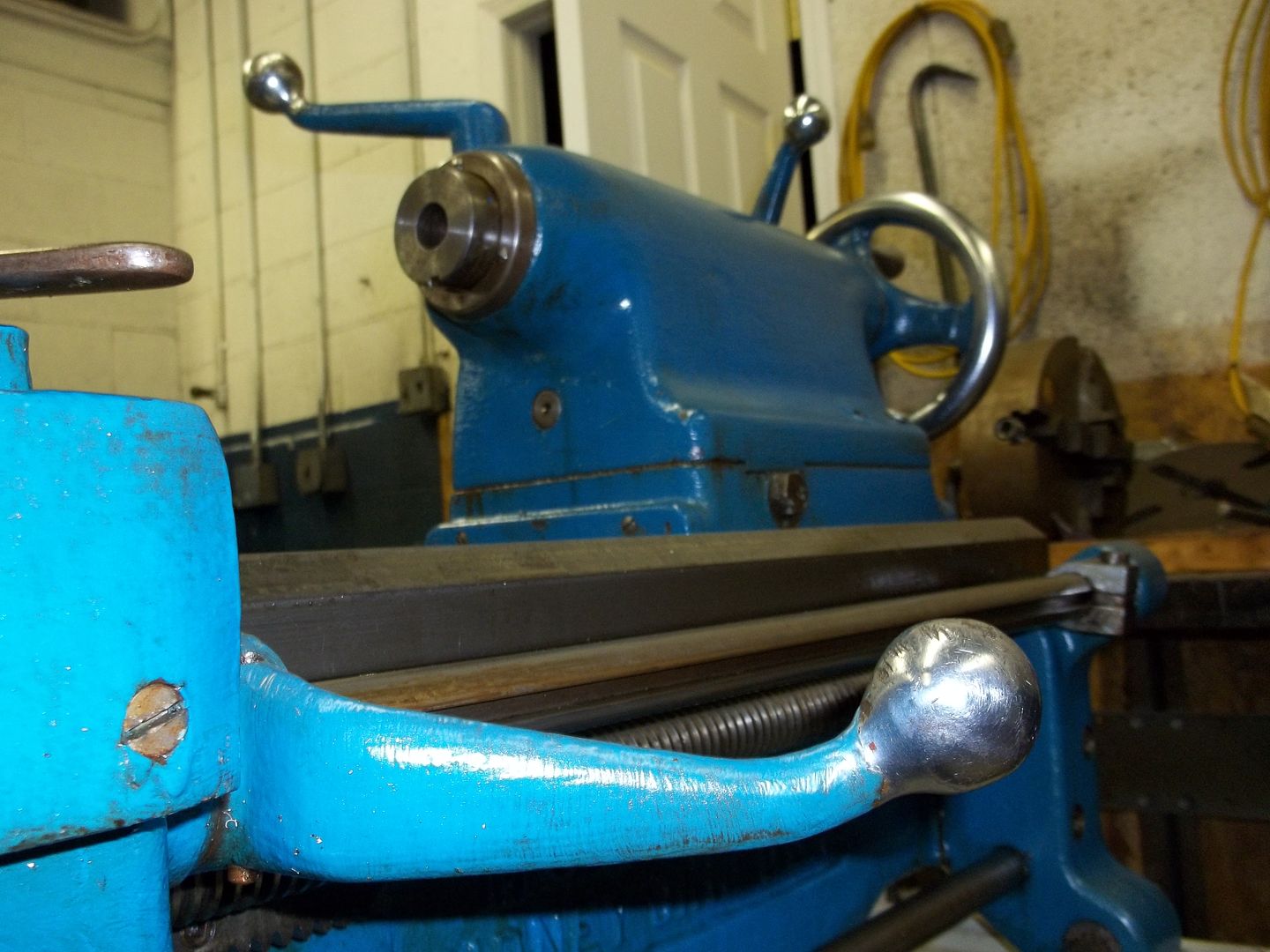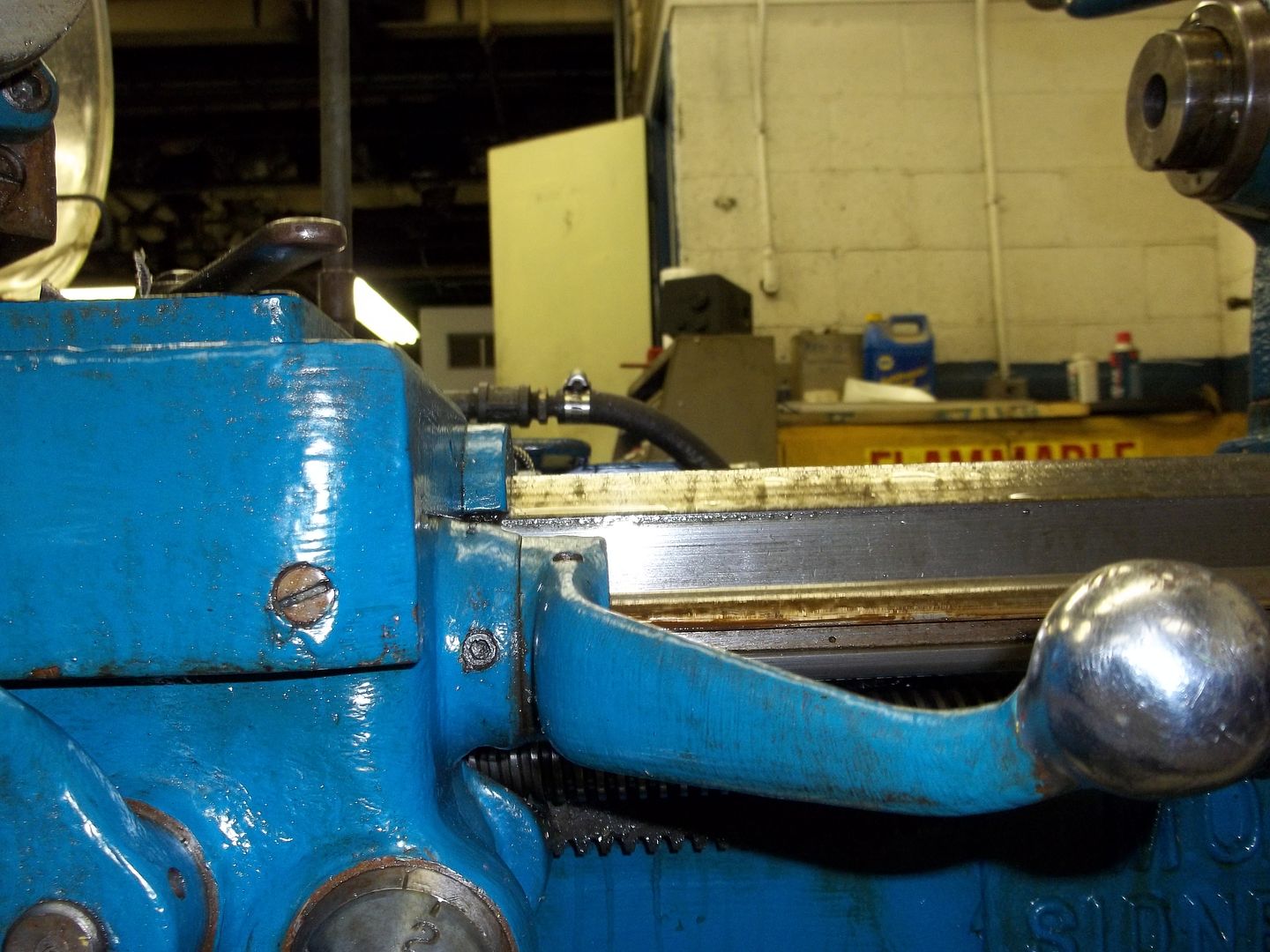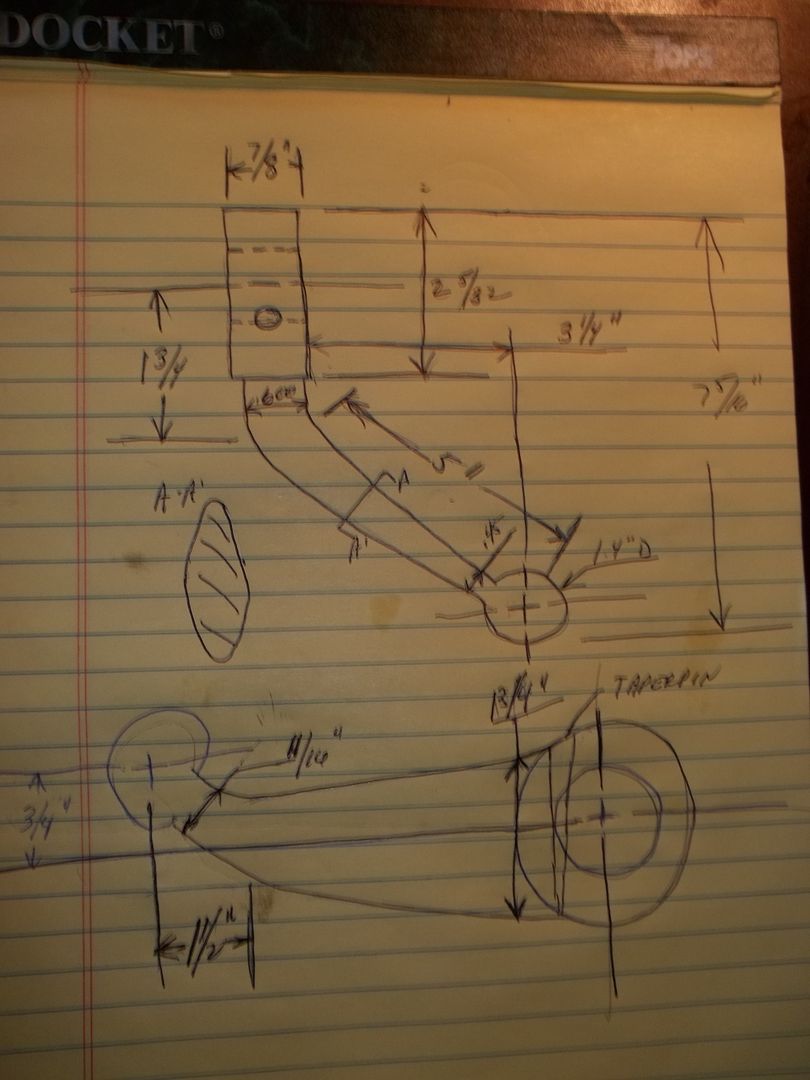timewarp
Aluminum
- Joined
- Feb 4, 2005
- Location
- Vancouver Island
Hi, Just got my first Monarch lathe - a 12ck! It seems to be in very good condition for a 1944 model. I promise I will post some photos in a few days. I have a few questions about running a lathe like this - its not my first lathe but there are more levers than i'm used to!
I remember a post I read where someone (johnoder?) described basic operation, but I can't find it now. If anyone can find this I'd like to print it out and add it to my manual.
Also is there a description of threading as it pertains to the Monarch? The cross slide has a threading stop mechanism. not sure how it works though!
Yes I am jumping the gun as I don't have it moved into position or have power to it yet.
Happy to have joined the Monarch owners club!
Paul
I remember a post I read where someone (johnoder?) described basic operation, but I can't find it now. If anyone can find this I'd like to print it out and add it to my manual.
Also is there a description of threading as it pertains to the Monarch? The cross slide has a threading stop mechanism. not sure how it works though!
Yes I am jumping the gun as I don't have it moved into position or have power to it yet.
Happy to have joined the Monarch owners club!
Paul







